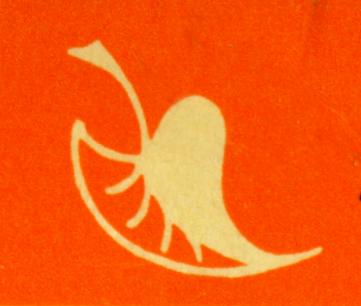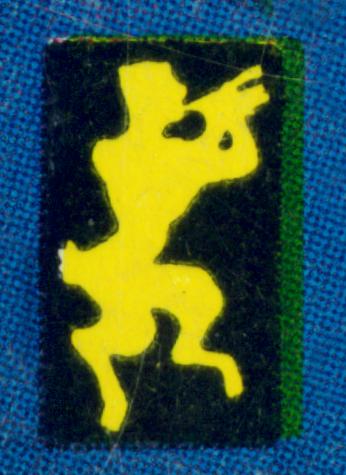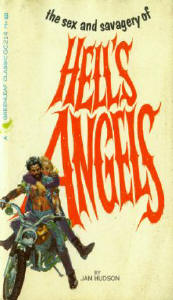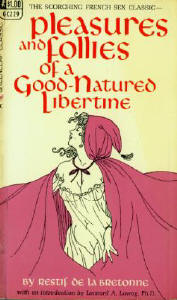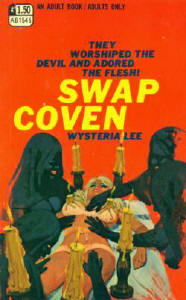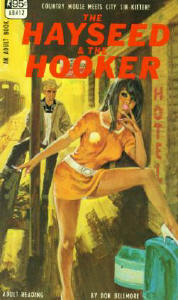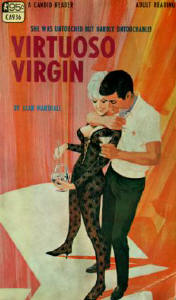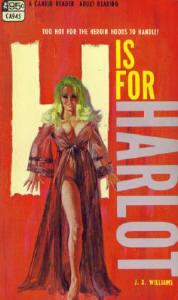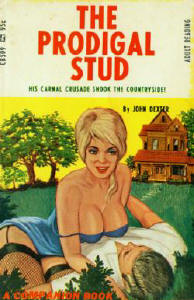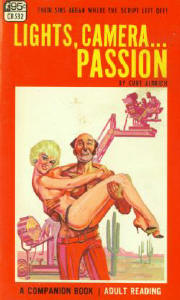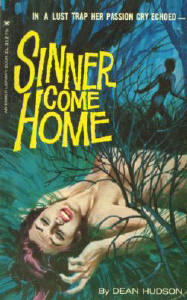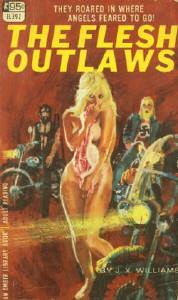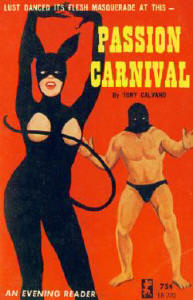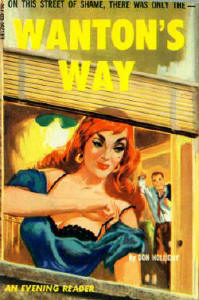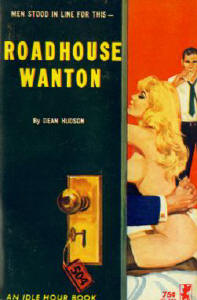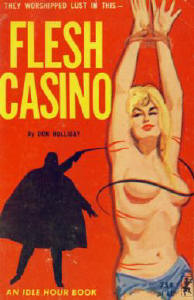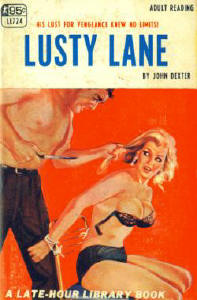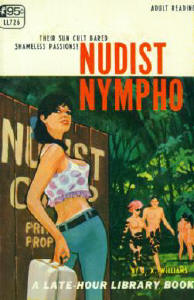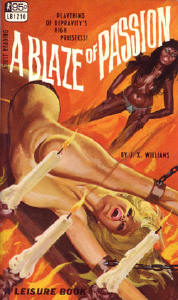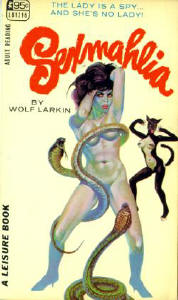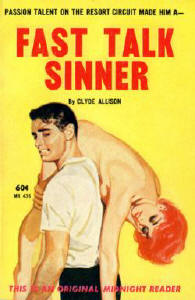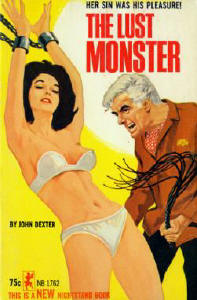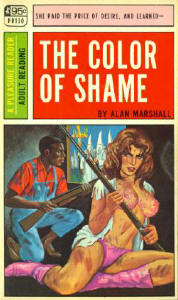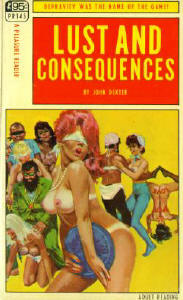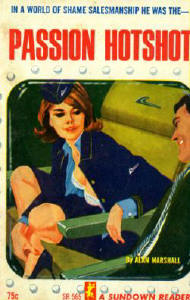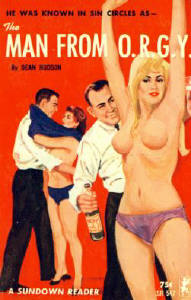|
Greenleaf
Greenleaf was the largest of the "adult publishers" that flourished between federal court cases in the United States designed to test the boundaries of what would be deemed "pornographic."
|
||
|
Greenleaf Classics Adult Books
The first was Grove Press, Inc v Christenberry in U.S. District Court (New York Southern District) in 1959, which was the famous "Lady Chatterley" case (Christenberry was the Postmaster General of New York). The second was the U.S. Supreme Court case Memoirs v Massachusetts in 1966 ("Memoirs" referred to Memoirs of a Lady of Pleasure, commonly known as Fanny Hill, which had been written by John Cleland in 1748). The third was Redrup v New York which was heard by the U.S. Supreme Court in 1967 (Robert Redrup owned a newsstand in New York City, and he was alleged to have sold a pornographic book "under the counter").
Candid Reader Companion Books
Each succeeding case resulted in more and more liberal definitions of pornography. Finally, with "Redrup," the dam burst, and practically anything was able to be sold in print without federal intervention. "Federal" is the operative word there. You could still ban a book in your town, community, public school or library (and you still can today). It was this period before the "Redrup" case, but after "Lady Chatterley," that spawned companies like Greenleaf. Their real challenge was one of marketing. They were constantly walking a tightrope, not just with the books' contents, but with their covers, as well. Too graphic, and a book might be banned in a major market. Not graphic enough, and it wouldn't sell in this "niche genre" of people looking for sexy books. (Notice, for instance, that you are actually allowed to see a woman's nipples on only one of the covers on this page ... and you guessed it, that one was printed in late 1967, after the Redrup court case. By the way, that particular painting is by Robert Bonfils.)
Ember Library Evening Reader
The oddity here (about time I got to the point, huh?) is the number of Greenleaf labels. William Hamling and Earl Kemp were the main guys behind the publishing company. (Hamling would eventually be a part of numerous obscenity trials, and would later pay Redrup's legal fee's. And if you're really interested in this stuff, see Earl Kemp's web site.) After leaving Chicago in 1965, the pair moved to San Diego. (They claimed to have grown tired of making graft payments to police and other local officials in Illinois.) Most of the Greenleaf labels were already being printed in Southern California. That cycle of trying to keep the authorities at bay (or at least off their backs) continued out west, and in the end they would both be forced to spend a little time in jail on a pandering charge. The company folded in 1971.
Idle Hour Late-Hour Library
But oh my, did they ever put out the books while it lasted! Up to 500 titles a year! I'm not really sure how many of the tales surrounding the company are true, or whether some of the stories are just urban legend. Purportedly, Greenleaf authors were paid peanuts, and to this day, we (the public) are not sure who most of them were (see the next entry in the ODDITIES Section). The company dodged royalties altogether where they could, especially in the Greenleaf Classics label. Kemp would fly all over the world (first class), laying his hands on as many foreign softcore porn "classics" as he could, then bring them back to republish here in the States, royalty-free.
Leisure Books Midnight Reader Nightstand Books
If you choose to start collecting sixties "sleaze," a large number of your shelves will be taken up by the Greenleaf labels you see here. As a very general rule of thumb, the "tall format" labels are more collectible than the shorter books.
Pleasure Reader Sundown Reader
The best reference books on the subject are: Sin-A-Rama: Sleaze Sex Paperbacks of the Sixties, edited by Brittany A. Daley, Hedi El Kholti, Earl Kemp, Miriam Linna & Adam Parfrey. And Young Lusty Sluts! by Michael R. Goss. See the ADULT section of the Bookscans Reference Library for more details about these books.
All of the books shown on this page were once a part of the collection of Victor Berch.
|
||
